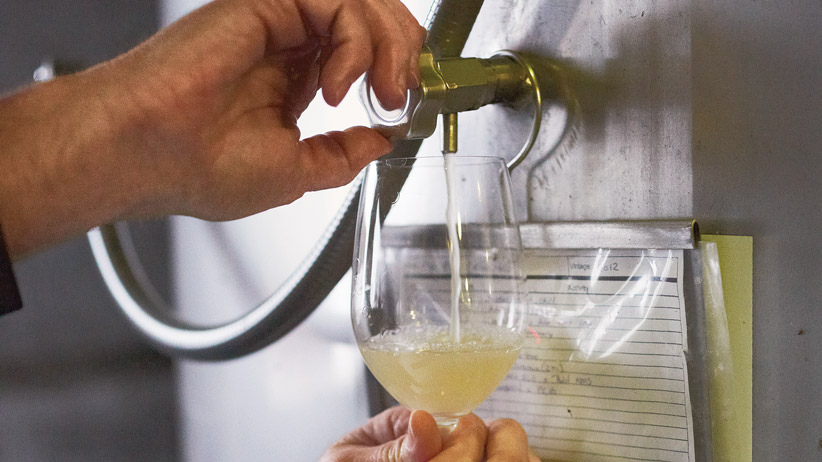Niagara: A fortuitous position
The best wineries of the peninsula sit at 43 degrees north latitude, the same as the chianti classico area or Mendocino County
Share

As the 2014 Wine in Canada guide makes its debut, Maclean’s dips into the archives to publish some of the best of the 2013 edition online.
The Niagara Peninsula is Canada’s largest wine region, with 5,500 hectares of grapevines and more than 80 wineries. But it’s not size that matters. There are plenty of vineyards we could do without and buckets of undistinguished wine, just as in most wine regions of the world. It has taken one generation, and it will take several more, to develop its potential as a distinctive wine-producing region.
But the base is there, and a budding number of wine growers are celebrating the differences in their wines rather than emulating the pack. They have the confidence to focus on what the region does best rather than what the market wants. So we can look forward to more great sparkling wine, site-specific chardonnay, cabernet franc and pinot noir—and, who knows, maybe even less mainstream grapes such as trousseau or grüner veltliner.
I don’t envy wine-growing pioneers. In most start-ups, the product is a known entity and challenges are anticipated. In the wine business, the one factor that really matters—the quality of wine that can be produced by your vineyard—is an unknown. Even with aerial infrared photography and hyper-detailed topographical, soil and climate analysis, not to mention the thick catalogues of pretested grapevines to choose from, planting a new vineyard remains largely a leap of faith. And then there’s the weather.
Imagine how little information was available when Bill Lenko and John Marynissen planted European grapevines in the ’50s. The Horticultural Research Institute in Vineland, Ont., advised against it. Scientists believed only native vines could survive the Canadian winter; they thought Vitis vinifera, the European species of choice, was doomed to fail. Some of those vines are alive today.
In 1975, Don Ziraldo and Karl Kaiser weren’t much better informed when they were granted the province’s first winery licence for Inniskillin, with a plan to focus on 100 per cent locally grown grapes, preferably vinifera. It wasn’t easy in the early days, but they proved that Niagara could produce quality wine. In the last 40 years, the region has attracted big-name European investment, not to mention winemakers from Australia, New Zealand, South Africa, France and Italy, as well as second-careerists, wealthy entrepreneurs and financiers who want the glamour of owning a winery. There is even a clutch of Canadian celebrities such as Wayne Gretzky, Dan Aykroyd and Mike Weir with their own labels. Add tourism to that and Ontario wine country has become big business.
The Niagara Peninsula falls roughly between Grimsby and the Niagara River and runs from the escarpment to the shores of Lake Ontario. Though it sits at about 43 degrees north latitude, the same as the chianti classico area of Italy or Mendocino County, it’s a fortuitous positioning of rocks and water that makes agriculture viable. Lake Ontario, one of the deepest of the Great Lakes, never freezes, tempering what would otherwise be an inhospitable winter for tender crops such as grapes. In the spring, it delays bud burst beyond the danger of frost, while in the autumn, it extends the growing season long enough to ripen grapes before the first frost.
Even within this small area there are differences. In an effort to highlight them, the Vintners Quality Alliance introduced 10 official sub-regions in 2007.
Distinctions have emerged: there is the leaner, more mineral taste of wines grown along the Niagara Escarpment, and the rounder, softer, riper style of those around Niagara-on-the-Lake. Chardonnay and pinot noir, riesling and cabernet franc have distinguished themselves, but there are pockets of fine merlot, gamay and sauvignon blanc. And what of the hundreds of varieties that haven’t even had a trial? Considering it takes years to establish a vineyard, it’s a painstakingly slow process.
The challenges ahead are not merely technical. There’s also the task of reconciling what each sub-region does best with what the market wants to buy. But I’m confident consumers are sophisticated enough to purchase regional specialties at sustainable prices, and that Niagara is comparable to other celebrated cool-climate wine regions of the world.